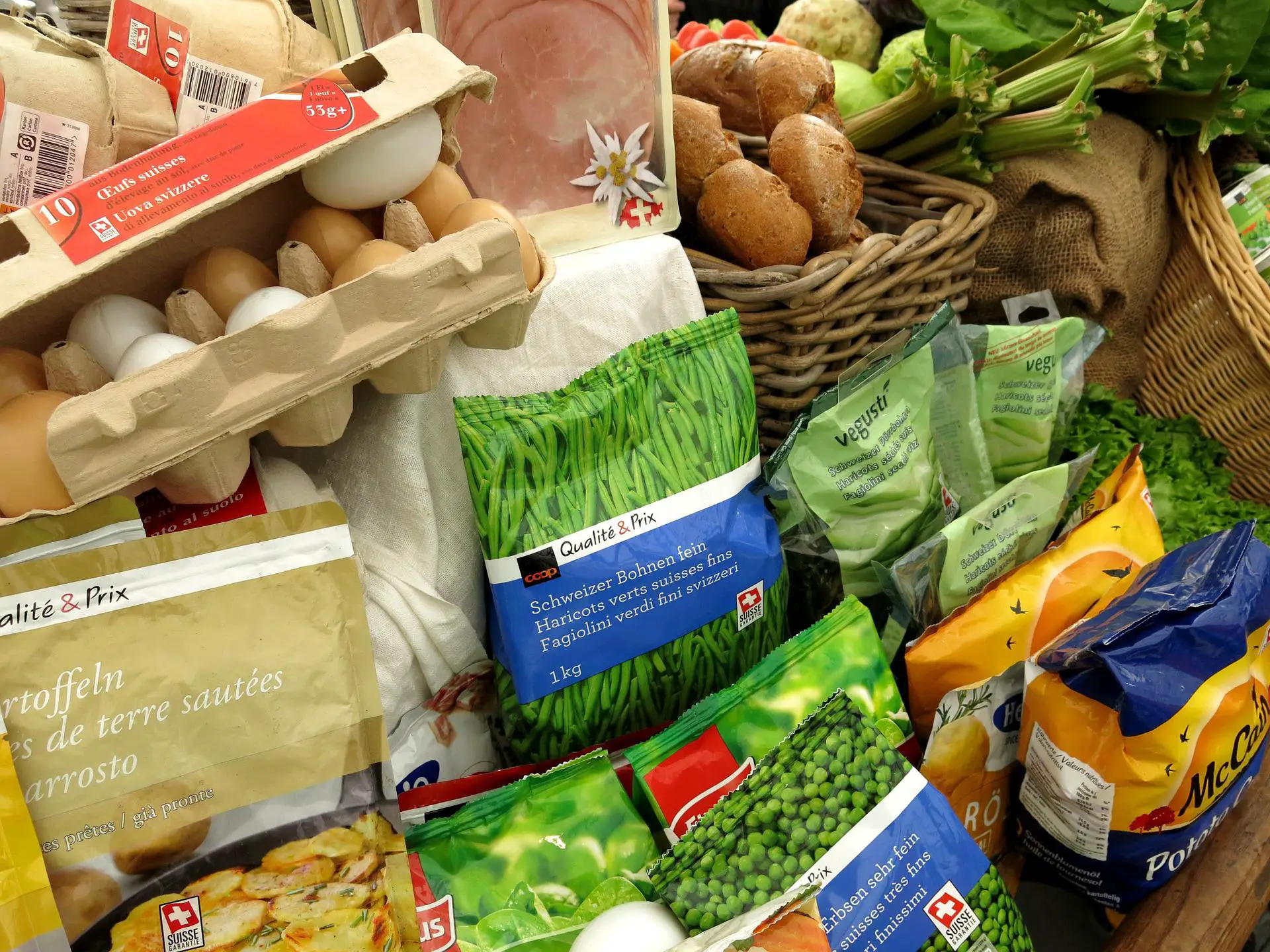Scientists have uncovered over 3,000 potentially hazardous chemicals contained in food packaging and other food-related products, two-thirds of which were previously unknown to be in contact with food.
A multinational team of researchers examined over 1,200 scientific papers in which pollutants were assessed in food packaging, processing equipment, tableware, and reusable food containers.

According to research produced by the Food Packaging Forum, a non-profit based in Switzerland, nothing is known about many of the 3,240 chemicals studied in these trials or their effects on people.
According to Pete Myers, a study co-author and the founder and chief scientist of Environmental Health Sciences, a non-profit advocacy group, manufacturers are either intentionally or unintentionally introducing these chemicals to packaging and other equipment.
In any case, many of those substances end up in the human body, he claims.
The new study, published in the journal Critical Reviews in Food Science and Nutrition, comes at a time when there is increased worry about possible toxicity of chemicals in food and water.
The Food Packaging Forum has produced a searchable database of food contact materials, which are chemicals found in packaging and equipment. While many of the chemicals on the list are established concerns, such as phthalates and PFAS, the group claims that others have not been sufficiently examined and that their health consequences are unknown.

Researchers were astounded to discover compounds in food contact materials that customers may be unaware of. Only one-third of the compounds investigated were found in a previously prepared database of over 12,000 chemicals connected with the production of food contact products.
Previous research has shown potentially hazardous PFAS “forever chemicals” in food packaging. These substances have been related to a number of health issues.
Almost two-thirds of the studies included in the current analysis focused on compounds found in plastic. According to Jessica Heiges, a UC Berkeley doctorate candidate who researches disposable food products such as plasticware and packaging and was not involved in the report, packaging producers frequently add chemicals without knowing the long-term consequences.
Heiges described the substances as “terrifying” since “we don’t know what their effects are.” “What’s most concerning is the cocktail of chemicals and how they interact with one another.” As we consume them, some of them persist in the environment and in our body.”
Many of those undiscovered compounds are likely to be dangerous, according to Alastair Iles, an associate professor in UC Berkeley’s environmental science, policy, and management department who was not engaged in the study.
“The report just highlights our gross ignorance when it comes to the substances that people are exposed to on a daily basis,” he said. “What does it say about our knowledge of chemical hazards if we didn’t know there were so many chemicals in packages?”
PFAS compounds are classified as “forever chemicals,” a category that includes potentially hundreds of synthetic chemicals that are extraordinarily persistent in the environment and in our bodies. Perfluoroalky and polyfluoroalkyl substances (PFAS) are compounds that include PFOS, PFOA, and GenX.
They are all distinguished by trademark elemental bonds of fluorine and carbon, which are highly strong and contribute to the difficulty in dissolving these substances in the environment or in our bodies.
PFAS chemicals have been widely used in a wide range of sectors due to their ability to repel oil and water. They’ve been used in Teflon non-stick goods, stains and water repellents, paints, cleaning products, food packaging, and firefighting foams since the 1940s.

Persistent Toxins, Pervasive Health Consequences
A growing amount of research indicates that PFAS exposure may have negative health effects such as liver damage, thyroid illness, poor fertility, high cholesterol, obesity, hormone suppression, and cancer. These compounds are easily absorbed by the environment, including the air, dust, food, soil, and water. Food packaging and industrial exposure can also expose people to them.

